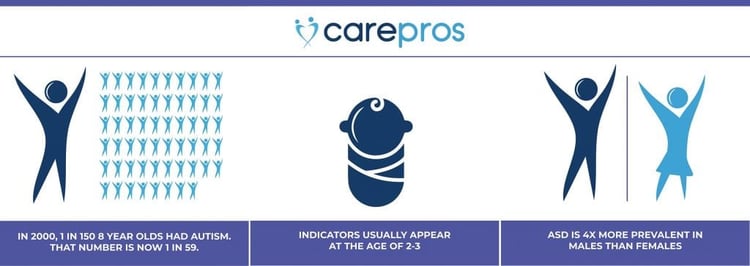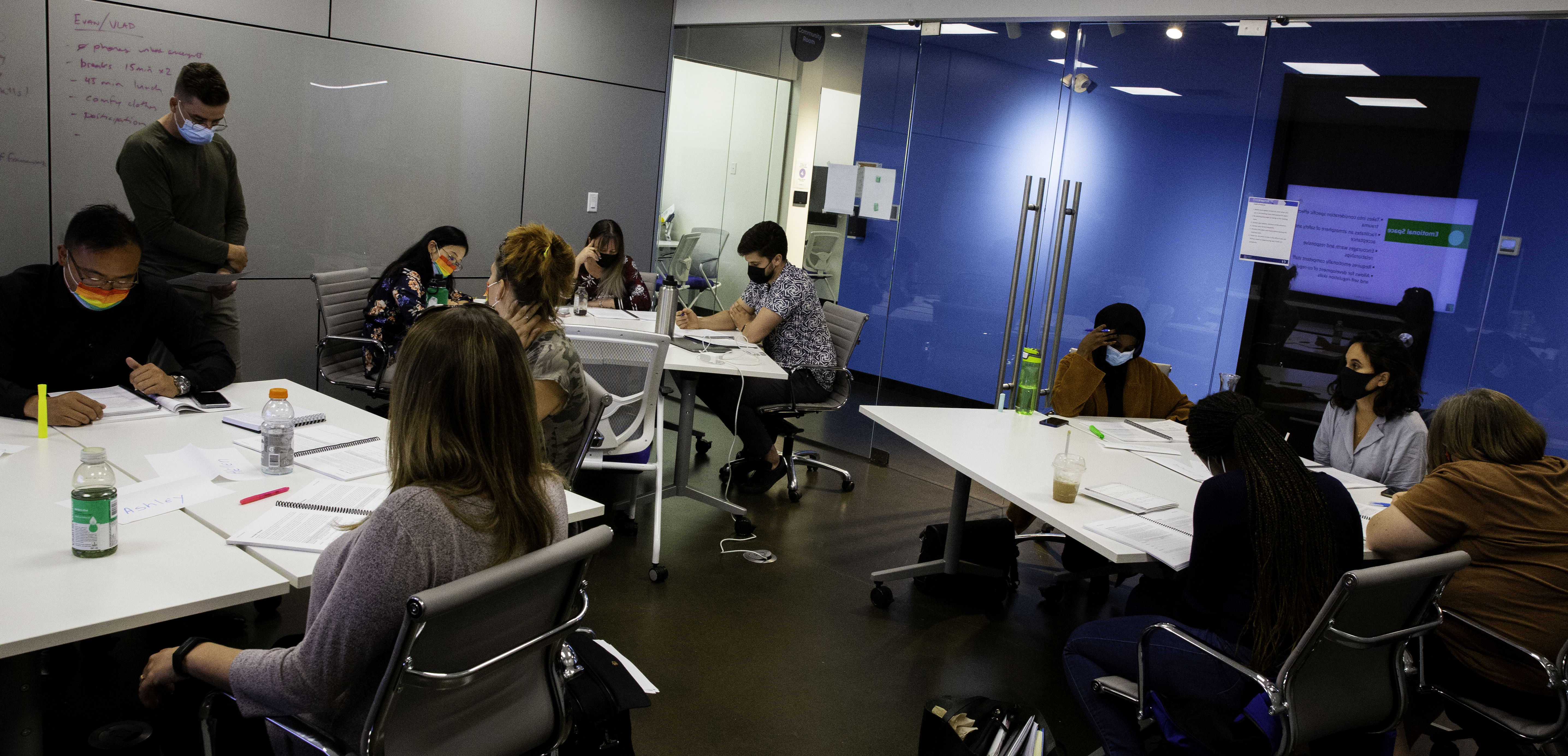Autism, or Autism Spectrum Disorder (ASD), is a complex and lifelong developmental disability that can appear early on in childhood and carry all the way through to adulthood. ASD generally has three core defining features:
- Problems with social interaction
- Impaired communication
- Repetitive behavior with restricted interests
Because of the range of conditions, ASD is the umbrella term that houses all the subtypes of autism. While the true cause is unknown, experts believe that ASD is a combination of both genetic and environmental factors. Because of the range of symptoms and uniqueness of each case, each person has their own distinct set of strengths and challenges as well, ranging anywhere from mild to extremely severe. As such, while some people require significant support, others may be self-supporting and can live independently.
Research has shown that early intervention has been the most effective when it comes to treating ASD symptoms and encouraging positive growth and development.
While most people experience things like anxiety and depression, people with ASD tend to experience these feelings more often and in greater intensities.
The ASD environment is constantly changing. As of 2018, the Centers for Disease Control and Prevention (CDC) have gathered the following statistics.

Each case of ASD is unique, and although there is no known cure, there are treatments available to help mitigate or manage the effects of ASD more effectively, which can ultimately lead to positive outcomes.






